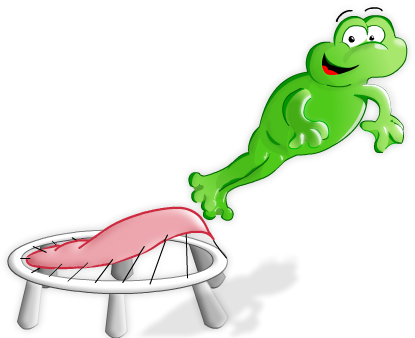Garden Trampolines - Reduce the Risk of Injury
Trampolines have the reputation as being dangerous and this is due to the manufacturers safety guidelines being ignored and the crazy antics which both children and yes, adults perform on their garden trampoline. Follow the Basic Skill Level Exercises below and enjoy the fun and excitement that garden trampolines offer. We highly recommend that if you are thinking about buying a trampoline of if you already have a trampoline that your children are taught the basic trampolining exercises and trampoline safety by a qualified coach. Contact your local sports centre for Trampoline Clubs.
User Guidlines
To reduce the risk of injury during trampolining take note of the following
points:
- Using a trampoline safety net reduces the risk of injury by a huge 70%.
- Children under the age of six should not be allowed to use a garden
trampoline. This age group should only use trampolines suitable for their
age.
- One person should use the trampoline. 75% of injuries occur when there
is more than one person using the trampoline. The lightest person is five
times more likely to become injured.
- Somersaults should not be allowed due to the risk of head and neck injuries.
- Children using a trampoline should always be supervised by an adult.
- Educate your children on the correct usage of trampolines and trampolining.
Set some basic rules such as, no somersaults, one person at a time, do
not jump off of the trampoline, do not crawl underneath the trampoline, bounce
in the centre of the trampoline.
- Remove shoes and jewellery before mounting the trampoline.
Before using the trampoline the following safety points should be adhered to:
- Ensure the trampoline is placed in an area free from hazards such as: trees,
washing lines, fences etc.
- A garden trampoline needs to placed on a soft base, ideally grass but
sand, bark and some children's play matting will provide the same energy
absorbing result. Never place your trampoline on a concrete base.
- Before each use the trampoline frame work should be checked, ensure that the
trampoline legs are locked in place.
- Before each use check the jumping mat for damage/holes.
Follow our safety guidelines above and you will greatly reduce the risk of injury.
The following exercises are classified as Basic Skill Level Exercises:
- Straight Jump - A
vertical jump with the body held straight, arms above the head for takeoff.
- Tuck Jump - The knees are pulled up to the chest and the
hands must briefly grasp the legs between the ankle and the knee before
returning to the trampoline bed.
- Pike Jump - The legs are straight, together, parallel to the
trampoline bed (90 degrees). The arms and body bend from the waist
forwards towards the toes.
- Straddle Jump - Similar to the above but the legs are spread
at 90 degrees. The arms and body bend from the waist forwards towards the
toes.
- Seat Drop - Land on the trampoline bed in a seated position
with legs straight, arms either side of the body with palms down and finger
tips facing forwards.
- Swivel Hips - Perform the seat drop (above) bounce straight
up (do not land), perform a half turn and perform a seat drop facing the other
way.
- Half Twist - Perform a vertical straight jump and turn 180
degrees before landing.
- Full Twist - Perform a vertical straight jump and turn 360
degrees before landing.
The following two exercises are a little harder but are still classified as
Basic Skill Level Exercises:
- Front Drop - Landing horizontally on the trampoline bed,
face down with the hand placed slightly in front of the face. The legs
need to be slightly bent but otherwise keep the body tight.
- Back Drop - Land on the trampoline bed on the back.
The legs must be bent at 90 degrees from the hip with the legs straight.
The head must be held in line with the body when flat on the trampoline.
This will avoid a whiplash injury.
All of the above exercises should be practiced under supervision with only one person using the trampoline. The ‘spotter/s' should stand at the side of the trampoline.
In the competitive sport of trampolining somersaults are performed in three shapes: tuck, pike, straight and can be performed either forwards, backwards or sideways. Somersaults should NEVER be performed on a garden trampoline due to the high risk of head and neck injuries.
Follow the Basic Skill Level Exercises above and take the following into consideration and enjoy safe bouncing:
- - STRICTLY one person at a time to use the trampoline
- - Do not jump off of the trampoline
- - Do not crawl under the trampoline
- - Place the trampoline in a clear area, free from trees, fences etc
- - Use a safety enclosure
- - Teach your children safe basic skill level exercises
- - SUPERVISE!
Current top sellers
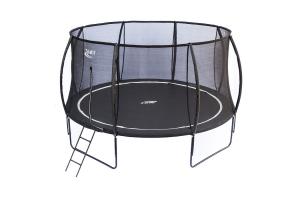 14ft Telstar Vortex BLACK Edition Package
£328.15
14ft Telstar Vortex BLACK Edition Package
£328.15
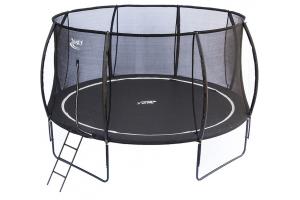 12ft Telstar Vortex BLACK Edition Package
£267.15
12ft Telstar Vortex BLACK Edition Package
£267.15
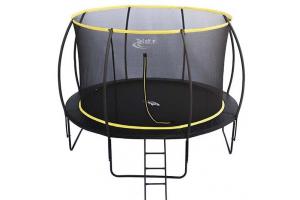 12ft Telstar Orbit Trampoline And Enclosure Package
£223.15
12ft Telstar Orbit Trampoline And Enclosure Package
£223.15
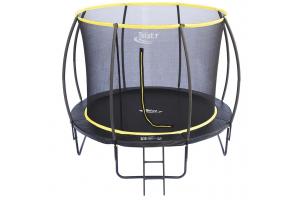 10ft Telstar Orbit Trampoline and Enclosure Package
£198.15
10ft Telstar Orbit Trampoline and Enclosure Package
£198.15
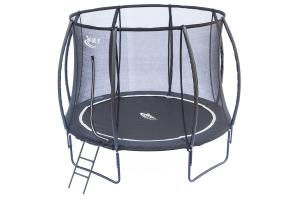 10ft Telstar Vortex BLACK Edition Package
£218.15
10ft Telstar Vortex BLACK Edition Package
£218.15
 14ft Telstar Orbit Trampoline And Enclosure Package
£296.15
14ft Telstar Orbit Trampoline And Enclosure Package
£296.15
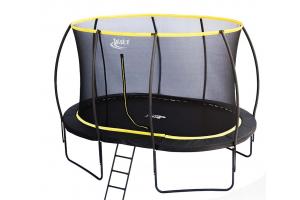 7 x 10ft Oval Telstar Orbit Trampoline And Enclosure Package
£266.15
7 x 10ft Oval Telstar Orbit Trampoline And Enclosure Package
£266.15
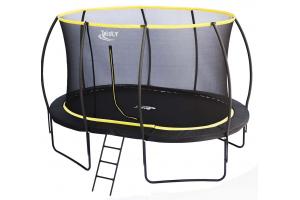 9 x 13ft Oval Telstar Orbit Trampoline And Enclosure
£376.15
9 x 13ft Oval Telstar Orbit Trampoline And Enclosure
£376.15
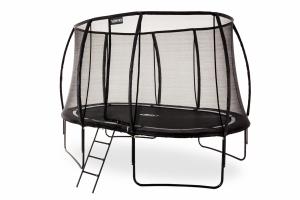 7 x 10ft Oval Telstar Vortex BLACK Edition Package
£296.15
7 x 10ft Oval Telstar Vortex BLACK Edition Package
£296.15
 10 x 15ft Oval Telstar Orbit Trampoline And Enclosure Package
£388.15
10 x 15ft Oval Telstar Orbit Trampoline And Enclosure Package
£388.15
